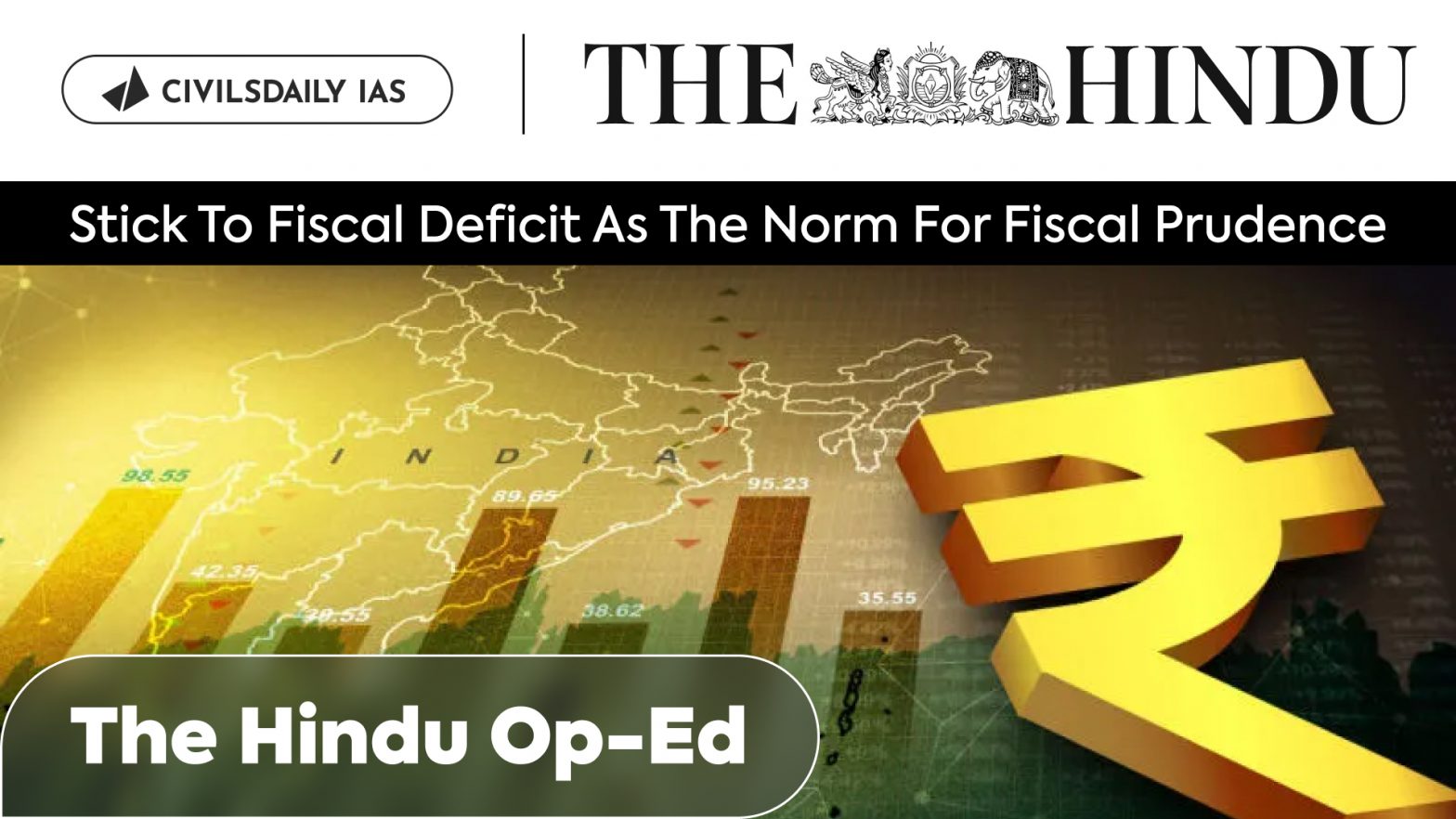| PYQ Relevance: Q What were the reasons for the introduction of Fiscal Responsibility and Budget Management (FRBM) Act, 2013? Discuss critically its salient features and their effectiveness. (UPSC IAS/2018) Q The public expenditure management is a challenge to the Government of India in the context of budget making during the post-liberalization period. Clarify it. (UPSC IAS/2019) Q How have the recommendations of the 14th Finance Commission of India enabled the States to improve their fiscal position? (UPSC IAS/2021) |
Mentor comment: Fiscal deficit is considered a problem in India because it leads to increased government borrowing, which can raise public debt to unsustainable levels. This borrowing often crowds out private investment by driving up interest rates, making it more expensive for businesses to borrow. Additionally, financing the deficit by printing money can lead to inflation, eroding consumers’ purchasing power. It also places a burden on future generations, who will have to pay off the debt. In today’s editorial, we will be having a look on how the high fiscal deficits can undermine investor confidence, potentially resulting in credit downgrades and higher borrowing costs.
_
Let’s learn!
Why in the News?
The FM in the Union Budget of 2024-25 stated that, from 2026-27 onwards, Indian govt will focus to reduce the fiscal deficit each year to ensure that the debt declines as a percentage of GDP.
- The speech also says that the Centre’s fiscal deficit would be reduced to 4.5% of GDP in 2025-26 from its budgeted level of 4.9% in 2024-25.
| About the Fiscal Deficit: • Fiscal Deficit is excess of total budget expenditure over total budget receipts excluding borrowings during a fiscal year. • Fiscal Deficit = Total Expenditure – (Revenue Receipts + Non-Debt Creating Capital Receipts). What is the National Debt? • The national debt is the total amount of money that the government owes to its lenders at a particular point in time. It is different from the fiscal deficit. • In simple, it is the amount of debt that has accumulated by the government over many years of running fiscal deficits and borrowing to bridge the deficits. |
What are the implications of the Fiscal deficit?
Negative Implications:
- Inflationary Pressure: When a country’s government runs a persistently high fiscal deficit, this can eventually lead to higher inflation as the government will be forced to use fresh money issued by the central bank to fund its fiscal deficit.
- It also eventually leads to a higher ratio of interest payments to revenue receipts. Hence there will be lower shares for financing non-interest expenditures.
- Crowding Out effect: When the government borrows a large portion of available funds from financial markets to finance its deficit, it crowds out private investment with reduced access to credit for businesses and individuals.
- This can hinder economic growth and productivity.
- Reduced Fiscal Space: A high fiscal deficit limits the government’s ability to respond to economic shocks or crises.
- With limited fiscal space, the government may be unable to implement countercyclical fiscal policies such as increased spending or tax cuts to stimulate economic growth during downturns.
- Difficulty in borrowing: As a government’s finances worsen, demand for the government’s bonds begins to drop, forcing the government to offer to pay a higher interest rate to lenders.
Positive Implications of Lower Fiscal Deficit:
- Improve Credit Ratings: Higher credit ratings make it cheaper for India to borrow in global markets, reducing the cost of external debt.
- Enhance the space for development: Less money is diverted to debt servicing while the fiscal deficit is lower, which leaves more funds for development projects like infrastructure, education, and healthcare.
- This can enhance investor confidence, leading to increased foreign and domestic investment.
- Improve the Balance of Payment: Lower deficits will be reducing the reliance on foreign borrowing. It will help in stabilizing the exchange rate and the overall current account.
What are the reforms needed?
- Infrastructure Finance Reforms: Improving mechanisms for financing infrastructure projects by involving the private sector through public-private partnerships (PPP), infrastructure bonds, and development of finance institutions.
- Recommendations: The NK Singh committee in 2017 proposed a draft Debt Management and Fiscal Responsibility Bill, 2017 which need to be implemented comprehensively.
- Incentivizing Financial Savings: Promoting higher household financial savings through tax incentives on financial products, improving returns on long-term savings schemes, and enhancing financial literacy.

